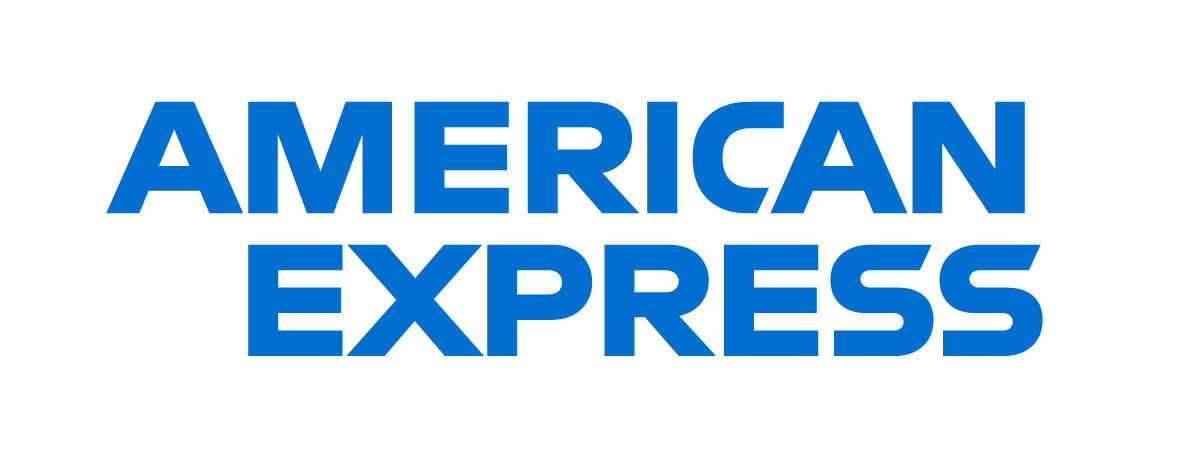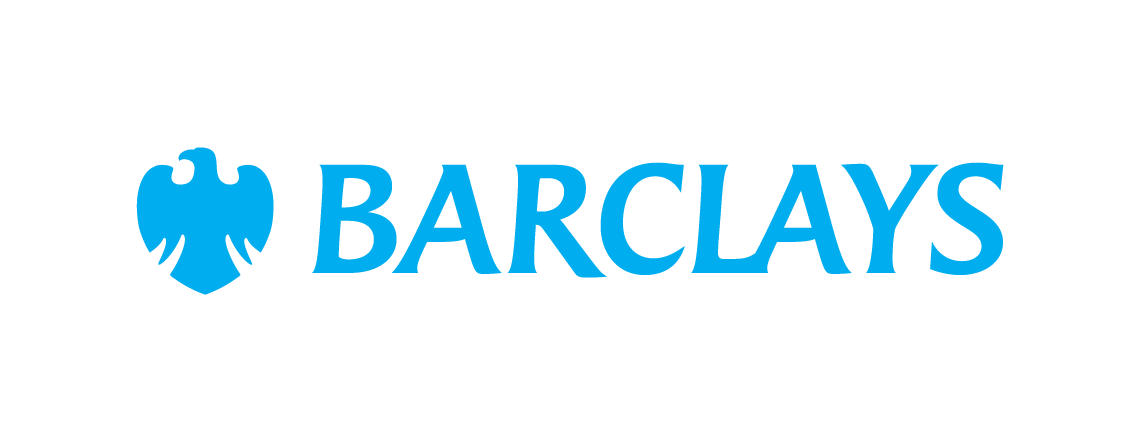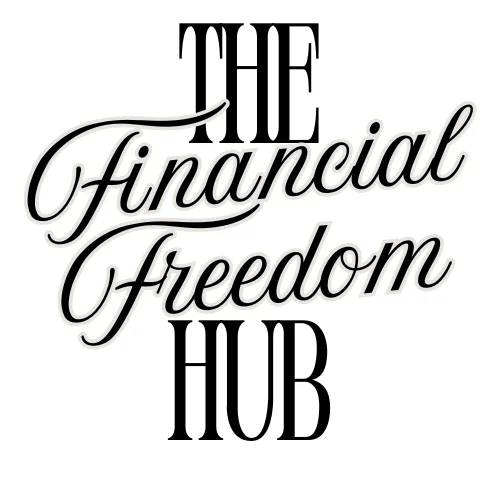I love my high-yield savings account (HYSA). It keeps my money safe and easy to get to. I’m earning hundreds of dollars in interest every year with no effort.
But the time has come for me to move some cash to an account where it can earn even more. Here’s why — and why you may want to do the same.
I have enough money in savings to cover an emergency
A high-yield savings account is the perfect place to keep your emergency fund. Your money is safe and FDIC insured, you can withdraw it whenever you need to, and you’ll earn a way higher interest rate than the average saver.
Most people want to have at least three months’ worth of expenses in their emergency fund. I aim for six months’ worth so I’m prepared for worst-case scenarios — say, losing my job or having a major, expensive health issue.
Our Picks for the Best High-Yield Savings Accounts of 2025
|
SoFi Checking and Savings Member FDIC. APY up to 3.80%²
Rate info
Member FDIC.
|
up to 3.80%²
Rate info |
$0 |
|

American Express® High Yield Savings Account Member FDIC. APY 3.70%
Rate info
Member FDIC.
|
3.70%
Rate info |
$0 |
|

Barclays Tiered Savings Member FDIC. APY 4.10%
Rate info
Member FDIC.
|
4.10%
Rate info |
$0 |
Disclaimers
SoFi disclosure:
¹ New and existing Checking and Savings members who have not previously enrolled in Direct Deposit with SoFi are eligible to earn a cash bonus of either $50 (with at least $1,000 total Direct Deposits received during the Direct Deposit Bonus Period) OR $300 (with at least $5,000 total Direct Deposits received during the Direct Deposit Bonus Period). Cash bonus will be based on the total amount of Direct Deposit. Direct Deposit Promotion begins on 12/7/2023 and will be available through 1/31/26. See full bonus and annual percentage yield (APY) terms at sofi.com/banking#1.
² SoFi members who enroll in SoFi Plus with Direct Deposit or by paying the SoFi Plus Subscription Fee every 30 days or with $5,000 or more in Qualifying Deposits during the 30-Day Evaluation Period can earn 3.80% annual percentage yield (APY) on savings balances (including Vaults) and 0.50% APY on checking balances. There is no minimum Direct Deposit amount required to qualify for the stated interest rate. Members without either SoFi Plus or Qualifying Deposits, during the 30-Day Evaluation Period will earn 1.00% APY on savings balances (including Vaults) and 0.50% APY on checking balances. Only SoFi Plus members are eligible for other SoFi Plus benefits. Interest rates are variable and subject to change at any time. These rates are current as of 1/24/25. There is no minimum balance requirement. Additional information can be found at http://www.sofi.com/legal/banking-rate-sheet. See the SoFi Plus Terms and Conditions at https://www.sofi.com/terms-of-use/#plus.
³ We do not charge any account, service or maintenance fees for SoFi Checking and Savings. We do charge a transaction fee to process each outgoing wire transfer. SoFi does not charge a fee for incoming wire transfers, however the sending bank may charge a fee. Our fee policy is subject to change at any time. See the SoFi Checking & Savings Fee Sheet for details at sofi.com/legal/banking-fees/.
⁴ SoFi Bank is a member FDIC and does not provide more than $250,000 of FDIC insurance per depositor per legal category of account ownership, as described in the FDIC’s regulations.
Any additional FDIC insurance is provided by the SoFi Insured Deposit Program. Deposits may be insured up to $3M through participation in the program. See full terms at SoFi.com/banking/fdic/sidpterms. See list of participating banks at SoFi.com/banking/fdic/participatingbanks.
⁵ We’ve partnered with Allpoint to provide you with ATM access at any of the 55,000+ ATMs within the Allpoint network. You will not be charged a fee when using an in-network ATM, however, third-party fees incurred when using out-of-network ATMs are not subject to reimbursement. SoFi’s ATM policies are subject to change at our discretion at any time.
⁶ Early access to direct deposit funds is based on the timing in which we receive notice of impending payment from the Federal Reserve, which is typically up to two days before the scheduled payment date, but may vary.
⁷ Overdraft Coverage is limited to $50 on debit card purchases only and is an account benefit available to customers with direct deposits of $1,000 or more during the current 30-day Evaluation Period as determined by SoFi Bank, N.A. The 30-Day Evaluation Period refers to the “Start Date” and “End Date” set forth on the APY Details page of your account, which comprises a period of 30 calendar days (the“30-Day Evaluation Period”). You can access the APY Details page at any time by logging into your SoFi account on the SoFi mobile app or SoFi website and selecting either (i) Banking > Savings > Current APY or (ii) Banking > Checking > Current APY. Members with a prior history of non-repayment of negative balances are ineligible for Overdraft Coverage.
I recently reached my emergency savings goal, and then I got a big tax refund. So I’m taking that extra cash and investing it for long-term growth.
The stock market is down — and that’s a great reason to invest
I invest in stocks every month, no matter what the market is doing. But when stock prices drop, like they have recently, I try to invest even more. The market will eventually rebound and go on to reach new highs (as it always has), and today’s stock prices will look like bargains.
If you’re spooked by stock market investing, I have good news: There’s an incredibly simple and relatively safe way to profit from the growth of American companies.
I’ve used this strategy for years, and it’s the biggest reason I’m on track to retire early.
1. Open an IRA
An individual retirement account (IRA) is pretty much what it sounds like: an account for retirement savings and investments. And if you don’t have one, you could be missing out on huge tax breaks and investing opportunities.
Much like a 401(k), an IRA saves you from investing-related taxes. When you buy stocks, funds, etc., and hold them in your IRA, you won’t have to pay capital gains tax or dividend tax. So if you sell an investment at a profit, or receive a dividend payment, the IRS can’t touch your earnings.
IRAs do come with one big limitation: If you withdraw funds before age 59 1/2, you’ll pay a big penalty (with rare exceptions).
You can open an IRA through any major stock broker. Within minutes, you’ll be ready to start investing for retirement — the smart way. Click here to check out our list of the best stock brokers and open a new account today.
Once your IRA is open, it’s time to add some funds and buy some investments. Here’s my personal favorite.
2. Buy an S&P 500 Index ETF
The S&P 500 Index consists of 500 of the biggest companies in the U.S. It makes up more than half the stock market. Since 1957, the index has averaged an incredible return of 10% per year.
An S&P 500 ETF is a type of fund that lets you buy a share of all those companies at once. With a single purchase, you’ll have a diversified portfolio of stocks from many different industries.
Every major broker sells S&P 500 ETFs, so you can buy one through your IRA online. There are a lot of them, and most have ultra-low fees (known as “expense ratios”). You almost can’t go wrong — just make sure the expense ratio is under 0.1%.
That’s it — open one account and make one investment. It’s so simple and effective that it feels like an investing cheat code. Even Warren Buffett recommends it for people who aren’t veteran stock-pickers.
Then the only thing left to do is keep investing over time. I set up automatic monthly purchases through my broker, and my retirement savings are steadily growing. If you have money in savings that you won’t need within the next few years, then you may want to do the same. Your future self will thank you.


